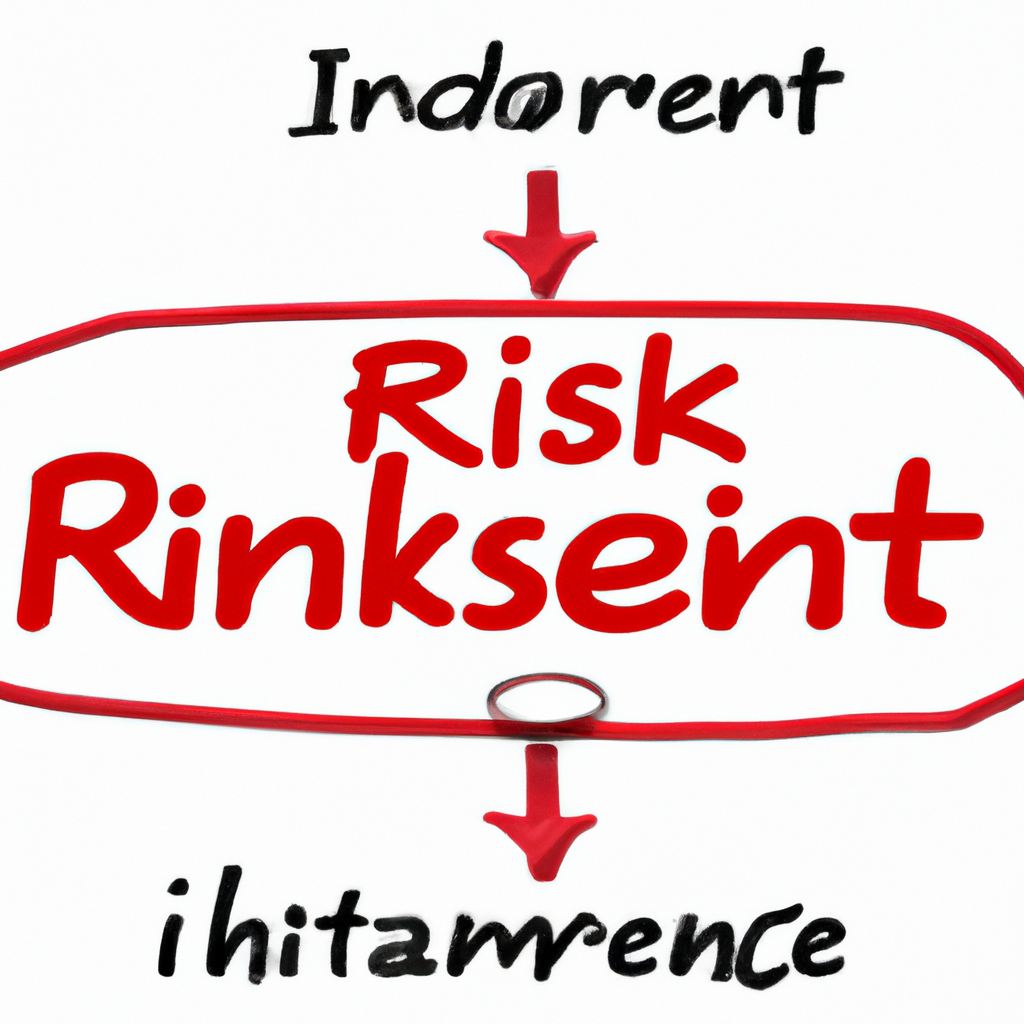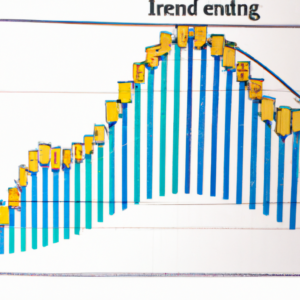Investment Risk Management
Introduction
Investing in the financial markets can be a rewarding experience, but it also comes with risks. Risk management is crucial for investors to protect their capital and achieve their financial goals. In this article, we will discuss the importance of investment risk management and strategies to mitigate risks.
Types of Investment Risks
Market Risk
Market risk refers to the possibility of losses due to changes in market conditions, such as economic downturns, interest rate fluctuations, or geopolitical events.
Credit Risk
Credit risk is the risk of default by a borrower or issuer of a financial instrument. This can occur when a company fails to repay its debt obligations or when a bond issuer goes bankrupt.
Liquidity Risk
Liquidity risk is the risk of not being able to sell an investment quickly at a fair price. This can happen when there is low trading volume or when there is a lack of buyers in the market.
Strategies for Investment Risk Management
Diversification
Diversification is a key strategy for managing investment risk. By spreading your investments across different asset classes, industries, and regions, you can reduce the impact of a single event on your overall portfolio.
Asset Allocation
Asset allocation involves dividing your portfolio among different asset classes, such as stocks, bonds, and cash. By allocating your investments based on your risk tolerance and investment goals, you can create a balanced portfolio that can withstand market fluctuations.
Stop-Loss Orders
Stop-loss orders are a risk management tool that automatically sells a security when it reaches a predetermined price. This can help limit losses and protect your capital in case of a sudden market downturn.
Risk Assessment
Regularly assessing the risk in your portfolio is essential for effective risk management. By monitoring market conditions, economic trends, and the performance of your investments, you can make informed decisions to mitigate risks and maximize returns.
Conclusion
Investment risk management is a critical aspect of successful investing. By understanding the types of risks you face and implementing strategies to manage them, you can protect your capital and achieve your financial goals in the long run.










